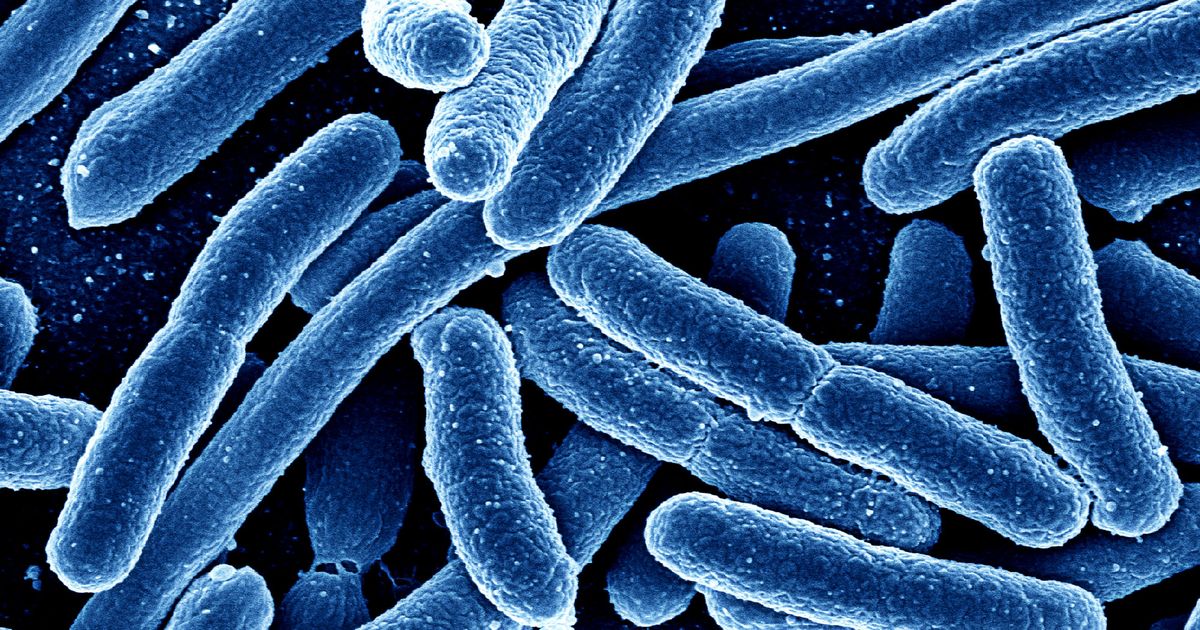Common Causes and Risk Factors of Pericoronitis
Pericoronitis is a type of dental disorder pertaining to the wisdom teeth. It occurs when the gum's tissue becomes infected and swollen around the teeth. Most individuals get their wisdom teeth in their early twenties or late teens, and they're the last set of molars that grow in. Typically, pericoronitis occurs when there is an opportunity for bacteria to cause infection around the wisdom teeth. Symptoms tend to include pain, infection, gum tissue swelling, lymph node swelling, and trouble opening the mouth. A diagnosis is typically made after your dentist examines the wisdom teeth. If you experience painful swelling in your cheek, jaw, or tooth, get in contact with your dentist as soon as possible so they can begin treatment. Get to know the different risk factors and causes of pericoronitis now.
Accumulation Of Bacteria
Pericoronitis occurs when there's an accumulation of bacteria around the wisdom tooth. In some individuals, wisdom teeth don't erupt fully. Instead, they only partially break through the gums. The opening allows bacteria to accumulate surrounding the tooth, which results in an infection. Sometimes, the condition is caused by plaque or food becoming trapped underneath the gums surrounding the tooth. When the irritant stays there, it can lead to the development of pericoronitis. In severe cases of the condition, patients might experience infection and swelling in their neck and cheeks as well as their jaw. If the swelling doesn't spread, the best treatment is to rinse out the mouth with somewhat warm salt water. You should also check to be sure there's no food trapped beneath your gum flap.
Uncover another risk factor of pericoronitis now.
Young Adults With Poorly Erupting Wisdom Teeth

Young adults with poorly erupting wisdom teeth are at an increased risk of developing pericoronitis. When the wisdom teeth only partially move through the gums, there's an opening left behind that allows bacteria to fester. Some young adults experience a recurrence of the infection or more severe inflammation. In these cases, the dentist might recommend oral surgery that removes either the affected wisdom tooth or the gum flap. In addition, inflammation and pain might be reduced through the use of a low-power laser. There are many ways tooth position might lead to pericoronitis. The most common one is with the partial eruption causing an opening for bacteria. Also common is when a tooth bites into an individual's operculum, which exacerbates pericoronitis.
Discover more risk factors and causes of pericoronitis now.
